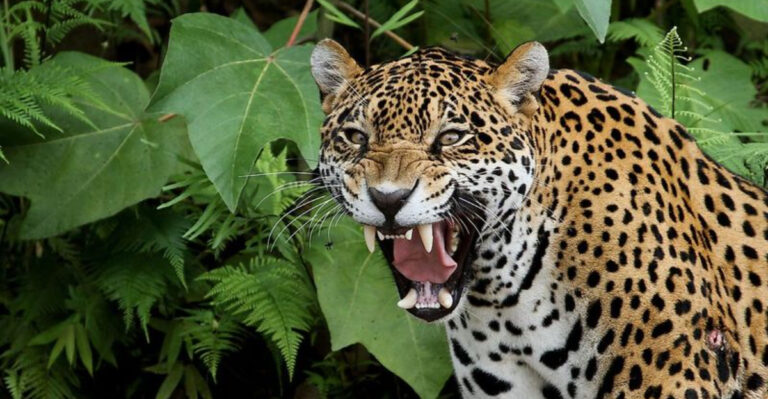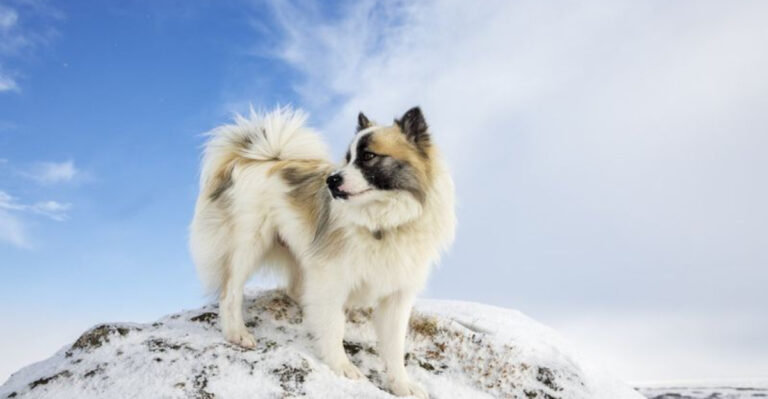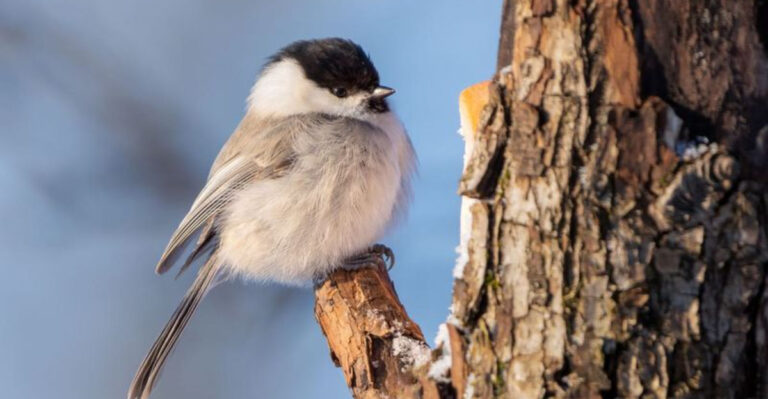20 Real-Life Animals Behind Legendary Mythical Creatures
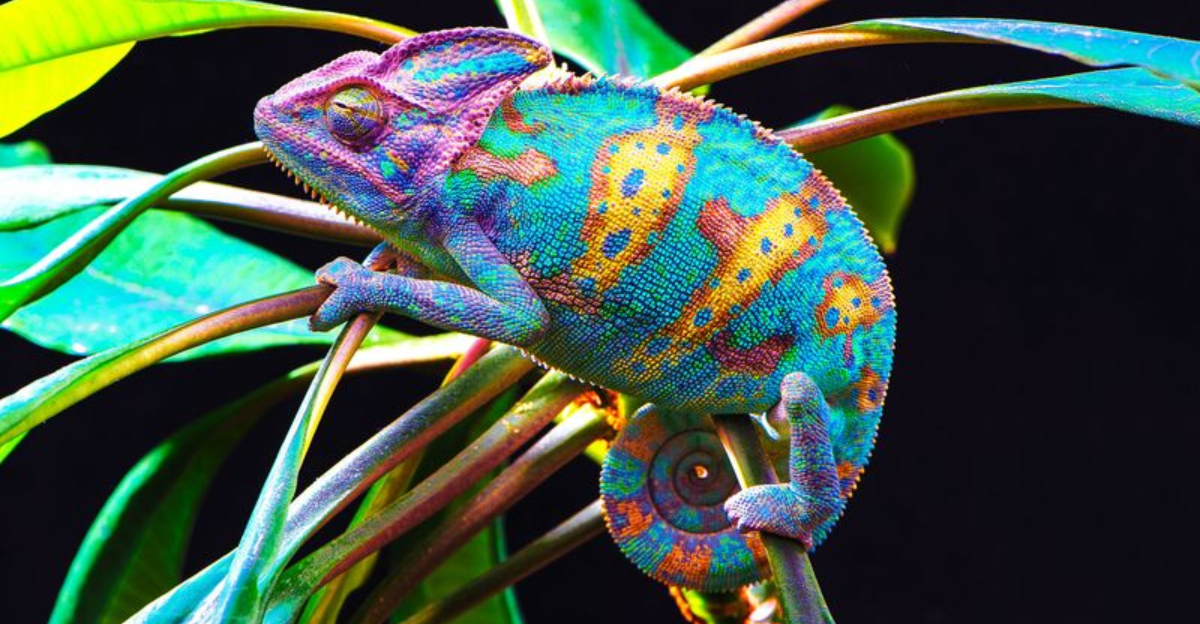
Have you ever stopped to think where legends like unicorns or dragons truly began? As it turns out, many mythical creatures have roots in the natural world. Throughout history, people have encountered unusual animals, creatures so strange that they gave rise to tales passed down for generations.
In this list, we explore real animals that sparked the imagination and helped shape the myths and legends we still talk about today.
1. Giant Squid
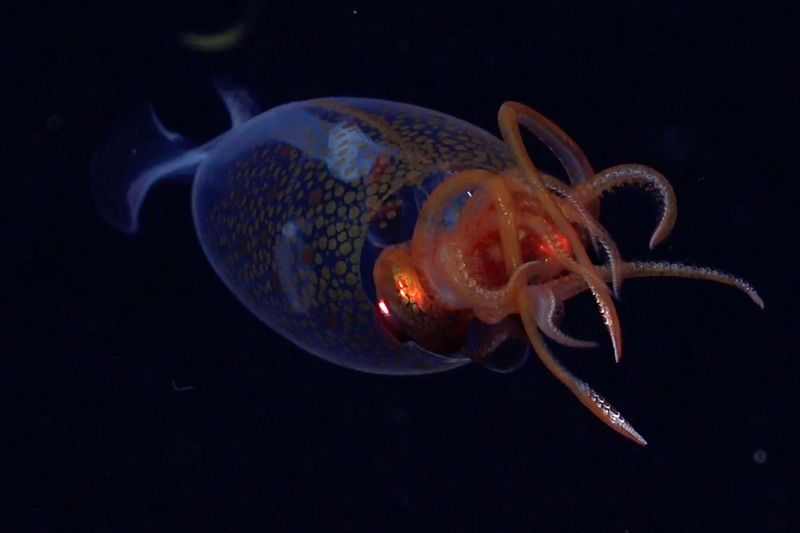
The giant squid, with eyes the size of basketballs, has long inspired tales of the monstrous Kraken. Fishermen feared these creatures, spinning yarns about sea monsters capable of dragging entire ships to the depths.
Sightings of these elusive cephalopods gave birth to legends of tentacled giants lurking beneath the waves. Their mysterious nature and sheer size puzzled early sailors, fueling myths of the Kraken.
Modern science has unveiled the giant squid’s secrets, yet its legendary status endures, a testament to the power of mystery and the ocean’s vast, unexplored world.
2. Siberian Ibex
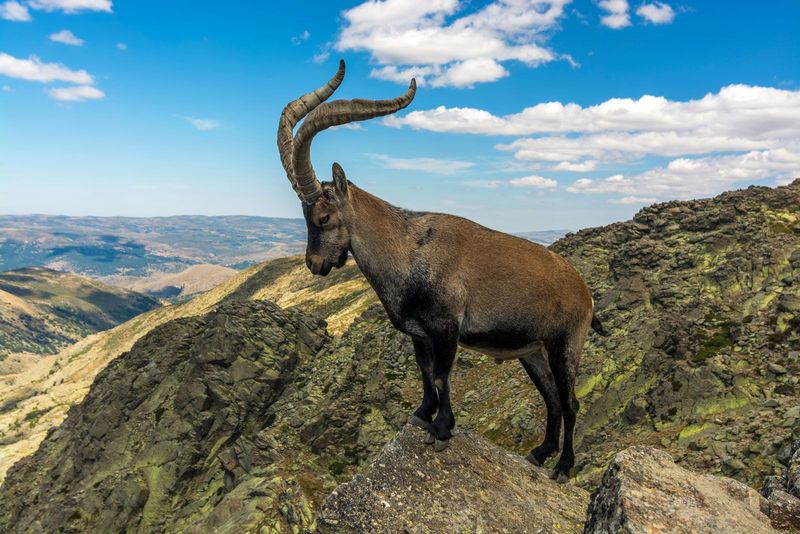
The Siberian Ibex, with its impressive horns, is believed to be a source of inspiration for the mythical Unicorn. In medieval tales, unicorns were elusive, noble creatures with a single spiraling horn.
The Ibex’s graceful presence on rugged terrains may have sparked imaginations, leading to stories of unicorns roaming distant lands. Their horns, sought after for mythical healing powers, added to the allure.
Though unicorns remain fantasy, the Ibex continues to inspire wonder with its beauty and the legends tied to its majestic horns.
3. Narwhal
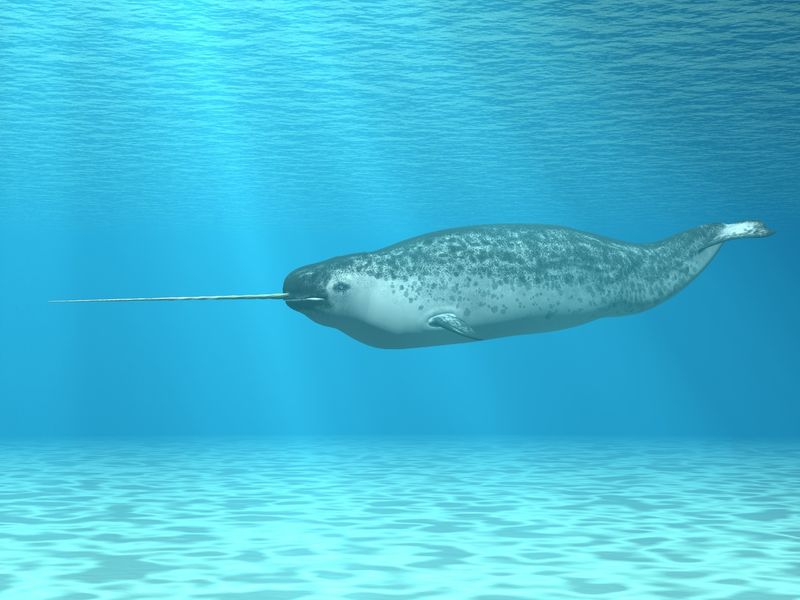
Picture an ocean unicorn. That’s the narwhal, with its long, spiral tusk resembling a mythical horn. This Arctic dweller is responsible for tales of unicorns of the sea.
Imagine a sailor’s surprise upon spotting this creature’s singular ‘horn’ piercing the waves. Legend has it, these tusks were once sold as genuine unicorn horns.
Today, narwhals remain shrouded in mystery, gliding silently beneath the ice. Their social nature and unique tusks continue to intrigue scientists and storytellers alike.
4. Komodo Dragon
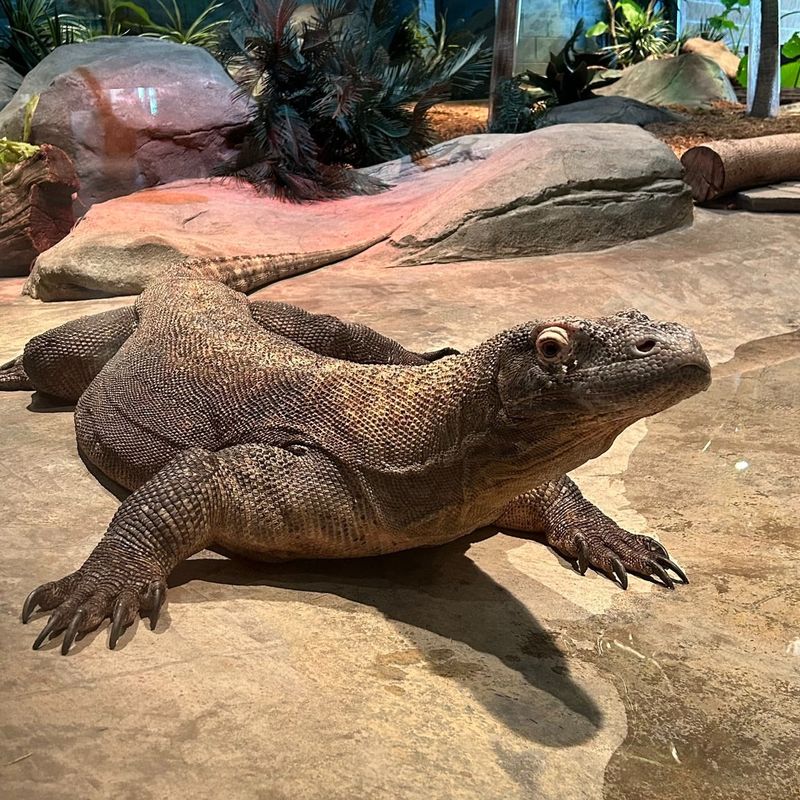
Talk about a real-life dragon! The Komodo dragon, with its fearsome appearance and potent bite, has fueled dragon legends for centuries.
Found on Indonesian islands, these giant lizards can grow up to 10 feet long. Imagine encountering one with its forked tongue tasting the air.
Though they can’t breathe fire, their bacteria-laden bite can be just as deadly. It’s no wonder ancient tales of dragons might have found their roots here among these formidable reptiles.
5. Platypus
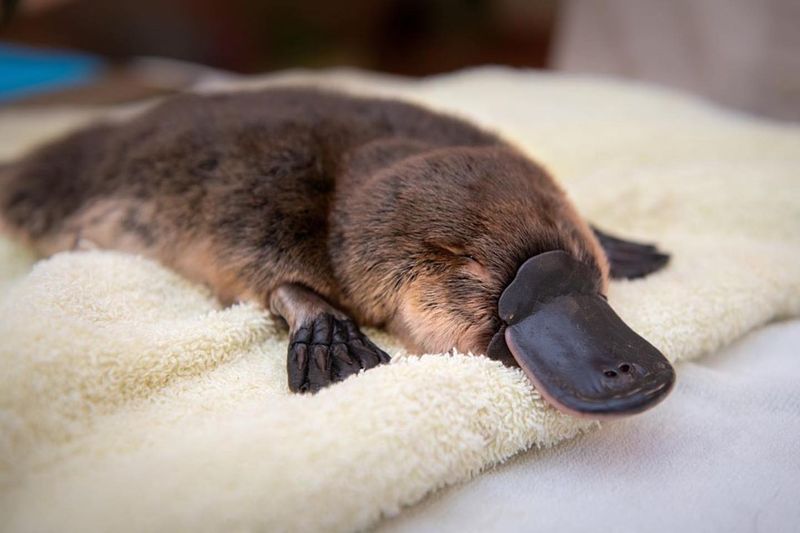
What do you get when you mix a duck, beaver, and otter? The platypus, an Australian enigma that sparked tales of mythical hybrids.
With its duck-bill, webbed feet, and egg-laying habits, early European explorers thought it was a hoax. The platypus challenged the very idea of what an animal should be.
Its bizarre appearance and secretive nature make it a perfect candidate for mythical creature inspiration, puzzling and charming everyone who encounters it.
6. Aye-Aye
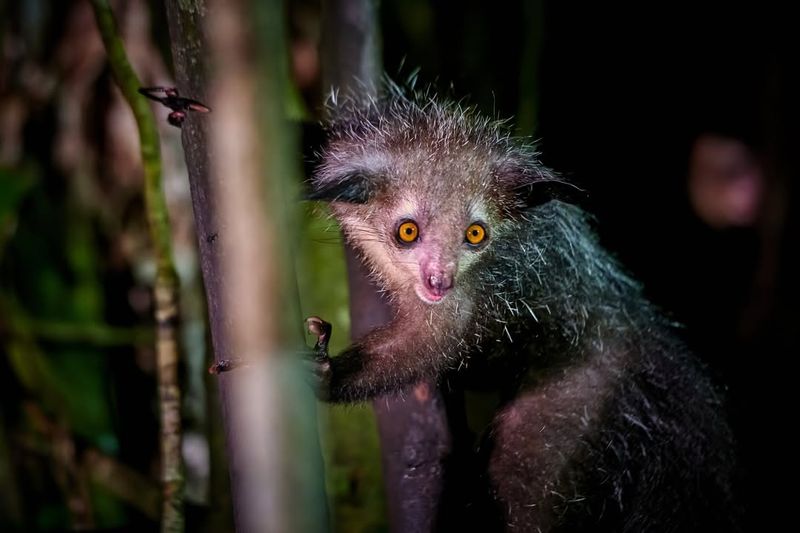
In the shadows of Madagascar’s forests lives the aye-aye, a curious primate that seems straight out of a ghost story. With its large glowing eyes and bony finger, it inspired local legends of spooky night creatures.
The aye-aye’s nocturnal habits and unique appearance have led to myths associating it with bad omens. Yet, it’s a harmless creature simply using its long finger to fish out insects.
The truth is less frightful, but just as fascinating!
7. Siberian Tiger
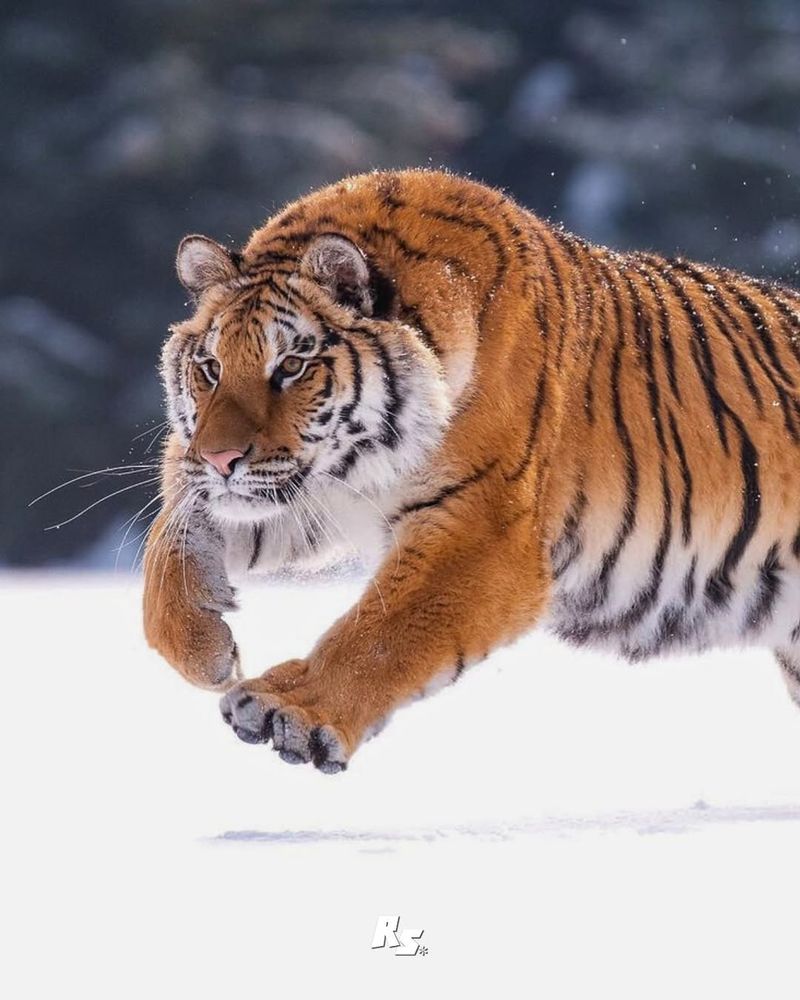
Majestic yet mysterious, the Siberian tiger prowls the snowy forests, sparking legends of shape-shifters and guardian spirits.
Imagine encountering such a creature with its piercing gaze and silent steps. Its striking appearance has fueled tales that blur the line between reality and myth.
While real tigers are powerful predators, stories often grant them mystical attributes. The Siberian tiger, with its regal presence, continues to inspire awe and legends across cultures.
8. Okapi
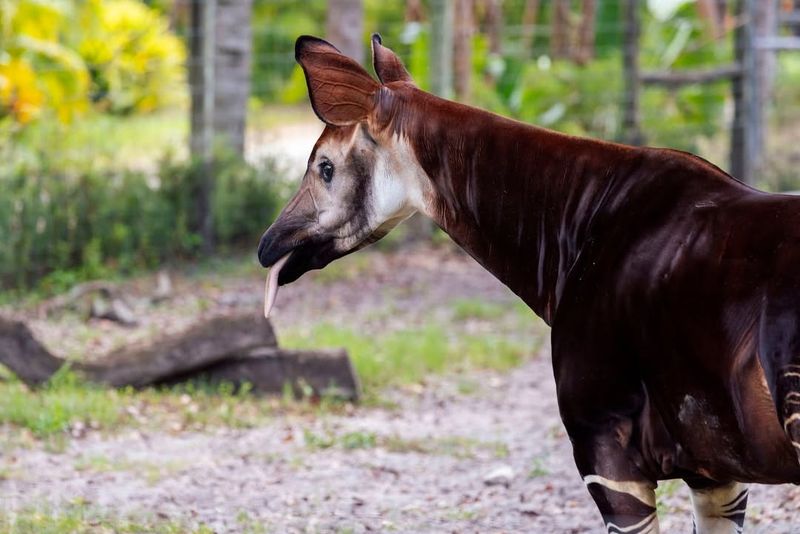
Imagine a creature part-zebra, part-giraffe, living in the heart of Africa. The okapi, with its zebra-like stripes and giraffe’s head, puzzled early explorers and inspired legends.
Hidden in dense jungles, this elusive creature was thought to be a myth. Its unique appearance fuels stories of magical animals in African folklore.
While now known to be real, the okapi’s mythical aura persists, captivating those lucky enough to spot it in its natural habitat.
9. Basilisk Lizard
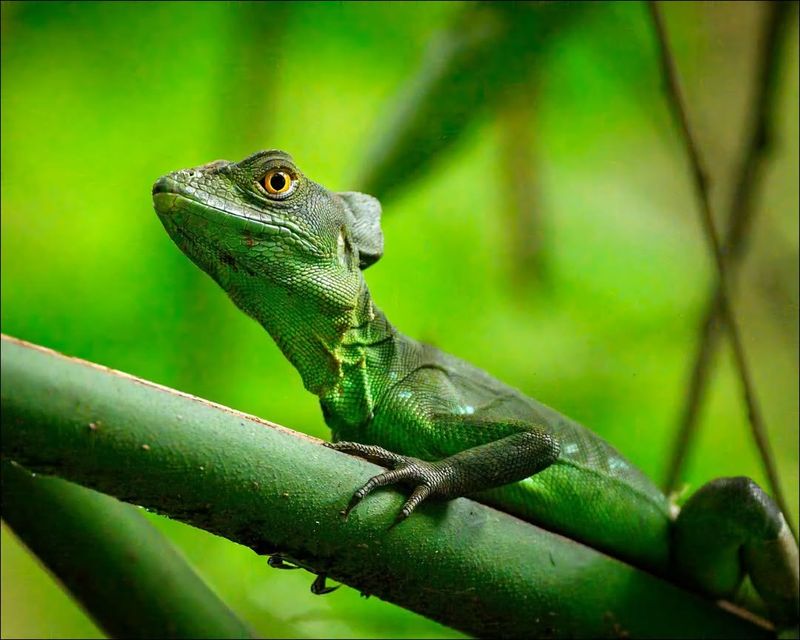
Ever heard of a creature that can walk on water? Meet the basilisk lizard, whose incredible ability inspired tales of the legendary basilisk.
With its speed and agility, it seems to defy gravity, earning the nickname ‘Jesus Christ lizard.’ Found in Central American rainforests, its unique skill and striking appearance have fueled myths of magical reptiles.
Watching a basilisk lizard in action is like seeing a bit of legend come to life.
10. Manatee
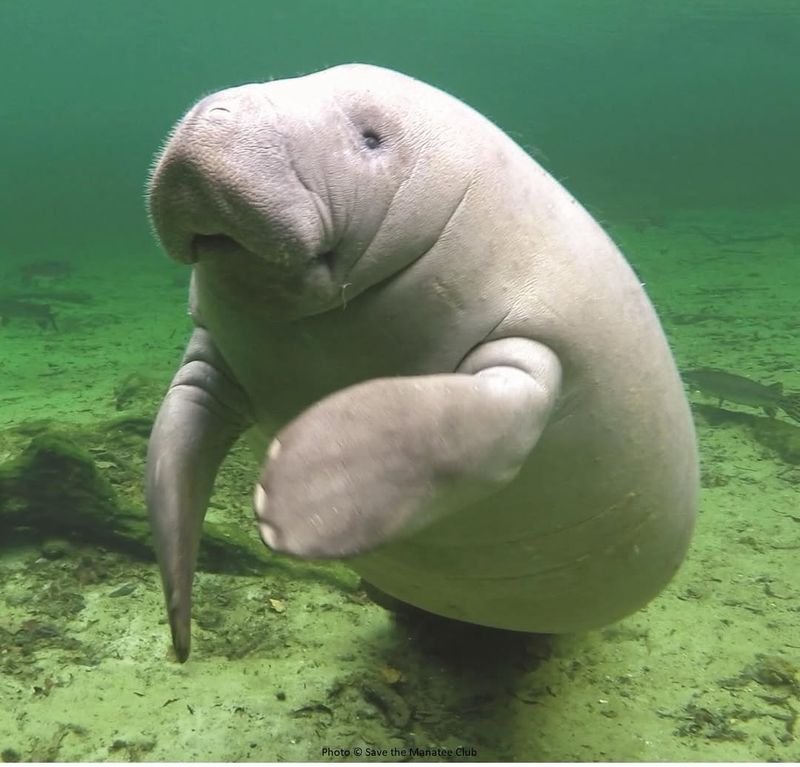
Imagine seeing a gentle giant gliding through the water, mistaken for a mermaid. The manatee, with its serene demeanor and human-like eyes, inspired seafaring tales of mermaids.
Its graceful movements and rounded form have captured imaginations for centuries. Though manatees are very much real, their mythical status endures.
Often spotted in warm waters, they continue to enchant observers with their gentle presence, bridging the gap between myth and reality.
11. Armadillo
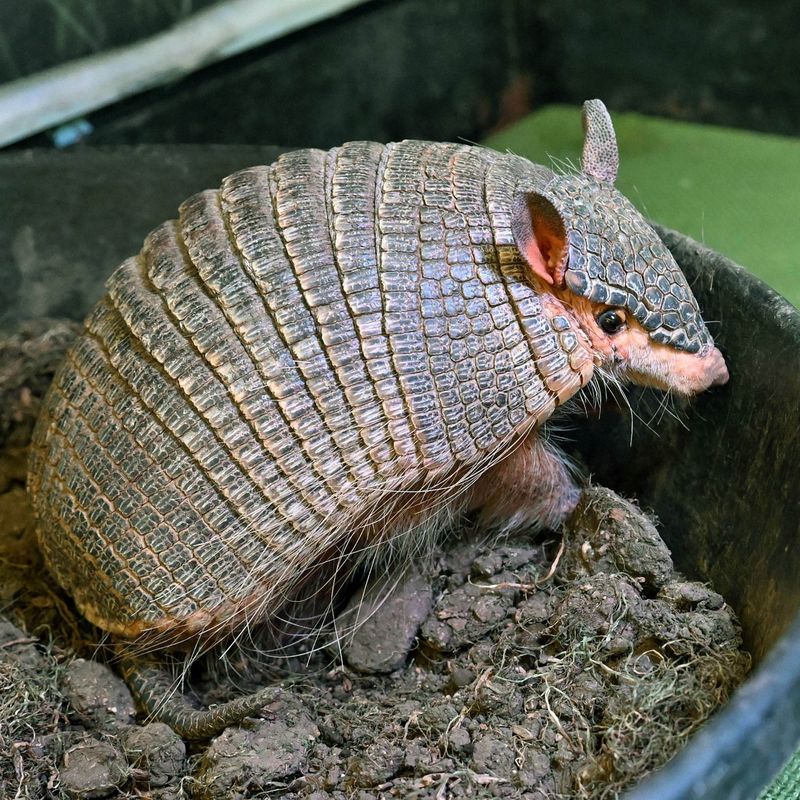
Who would have thought a creature with built-in armor existed? The armadillo, with its hard shell and unique defense mechanism, inspired tales of invincible beasts.
Found in the Americas, it rolls into a ball to protect its vulnerable parts, sparking legends of creatures impervious to harm.
Its peculiar look and behavior make it a fascinating subject for myth and folklore. Despite its tough exterior, the armadillo is a harmless and endearing animal.
12. Cassowary
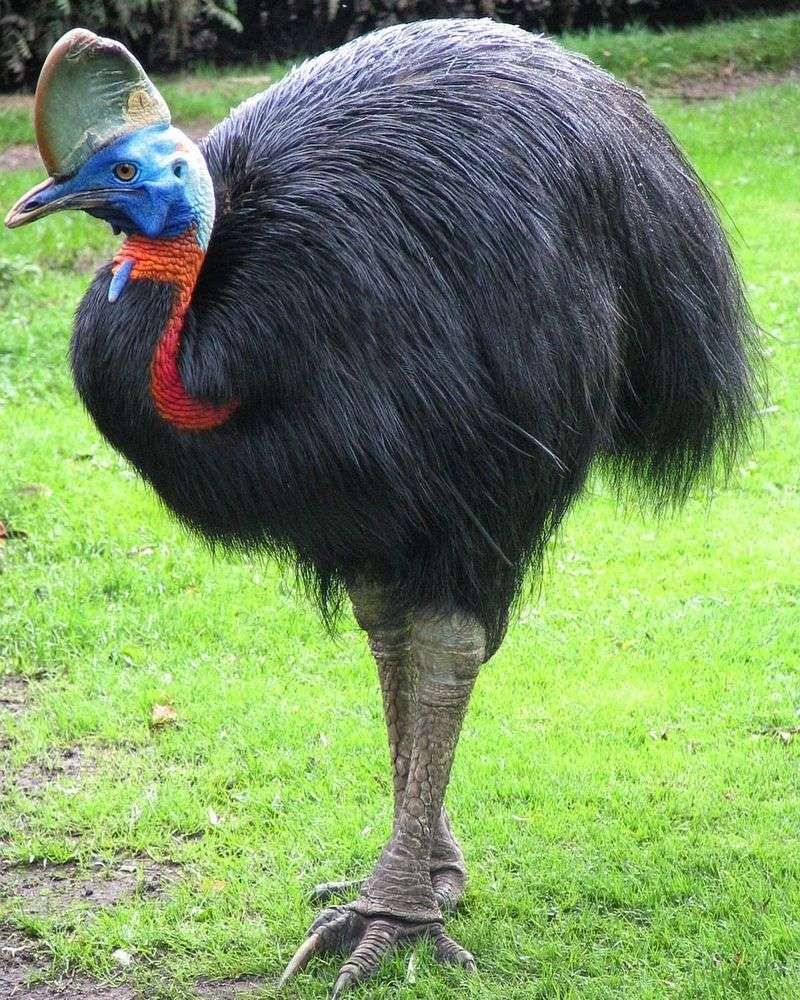
With the cassowary’s vivid colors and imposing presence, tales of giant, fearsome birds were born. This flightless bird, native to Australia and New Guinea, is known for its striking casque and powerful legs.
Imagine spotting such a creature as it strides through the underbrush. It’s no wonder stories of warrior birds emerged from encounters with these modern-day dinosaurs.
Despite their intimidating look, cassowaries are shy creatures, adding to their mysterious allure.
13. Elephant
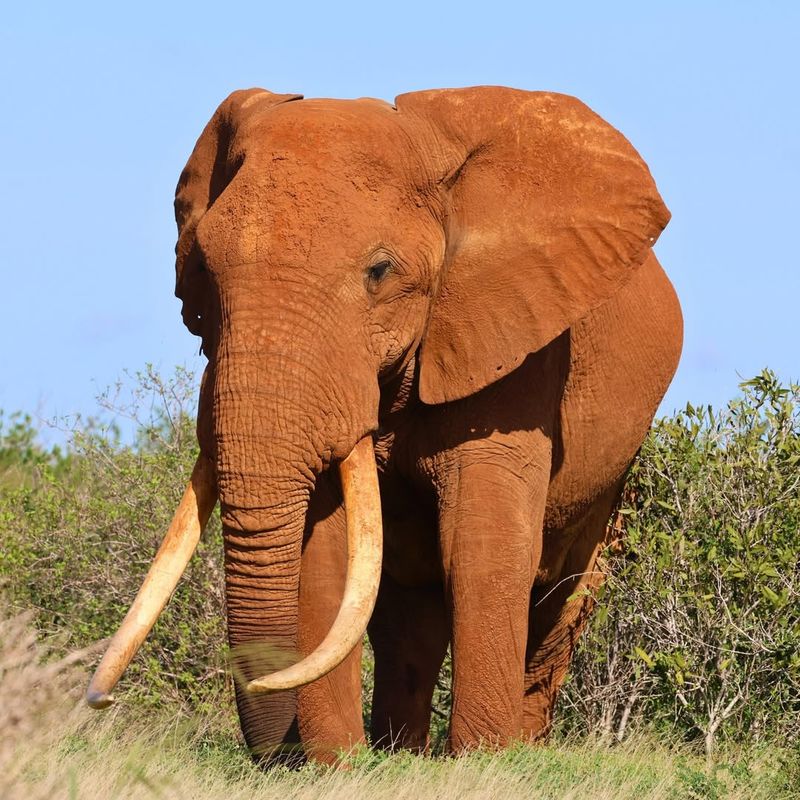
Picture an enormous creature with tusks like swords and ears like sails. The elephant’s majestic form inspired tales of giant beasts in many cultures.
Its intelligence and social structure add depth to its mythical status. Legends of mammoth creatures and wise giants often stem from the awe-inspiring presence of elephants.
They roam the African and Asian landscapes, symbolizing strength and wisdom, bridging the gap between the real and the mythical in their grandeur.
14. Vampire Bat
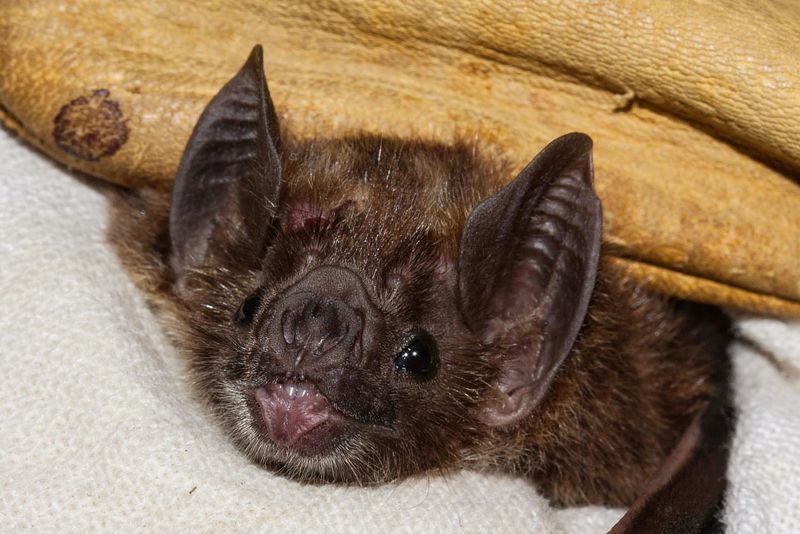
Think of a creature of the night, lurking in shadows. The vampire bat, with its blood-drinking habits, sparked stories of supernatural beings.
Found in the Americas, its nocturnal lifestyle and feeding habits led to legends of vampires. These small bats, though not dangerous to humans, have an aura of mystery and darkness.
Their role in folklore is as captivating as their real-life behavior is intriguing, blurring the lines between fact and fiction.
15. Peacock
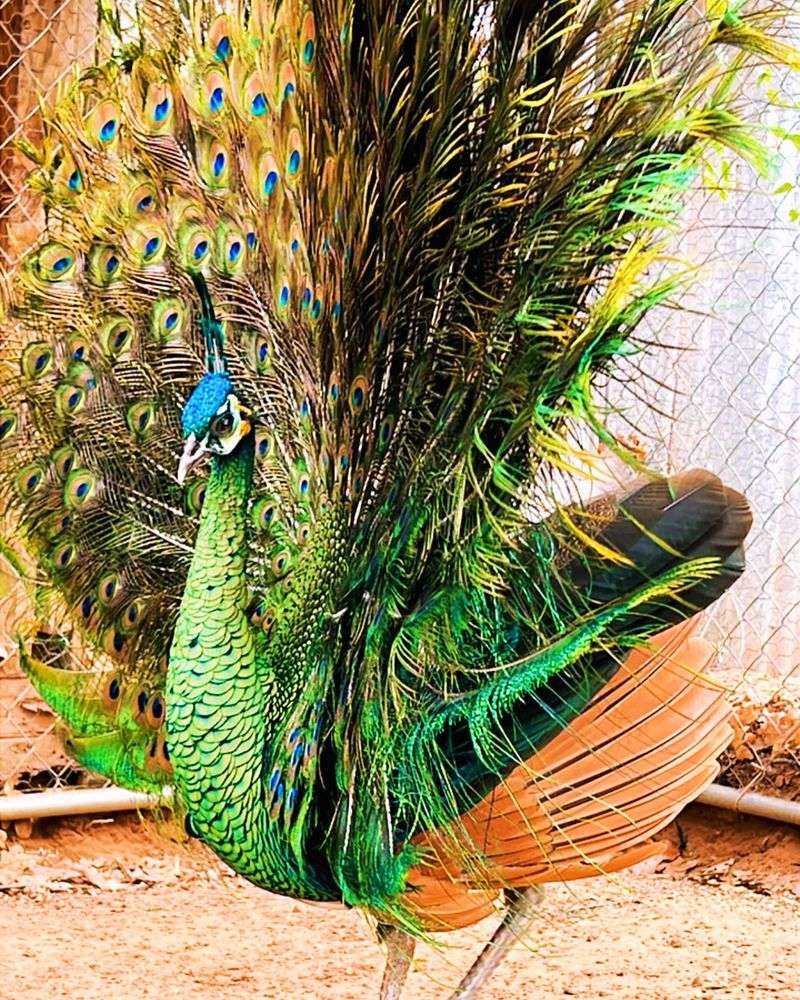
Ever seen a splash of color so vivid it takes your breath away?
The peacock, with its extravagant feathers, inspired legends of beauty and immortality. Its magnificent display, often associated with regality, has graced many cultural myths.
While the peacock’s real-life splendor is undeniable, its place in myth adds layers of meaning.
From Persian gardens to Indian temples, the peacock remains a symbol of grace and elegance, captivating all who behold it.
16. Rhinoceros
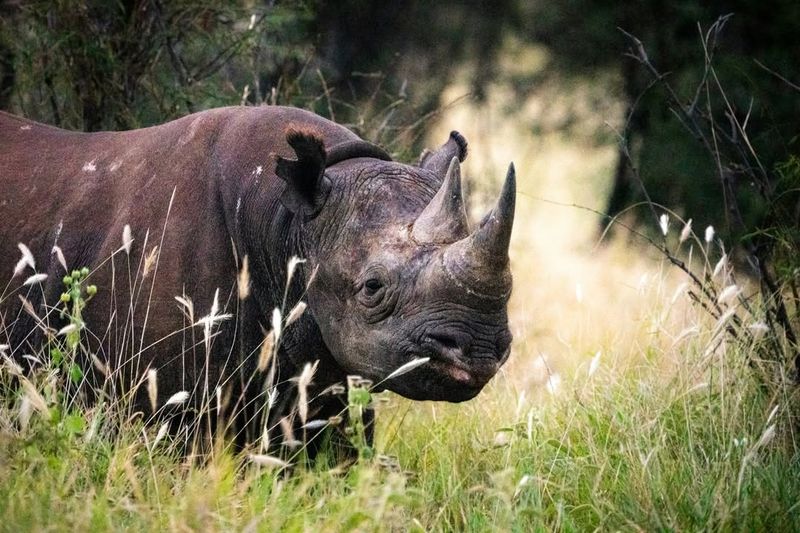
Imagine encountering a creature with a horn like a lance and a body like a tank.
The rhinoceros, with its formidable horn, inspired tales of unicorns and armored beasts. Its sheer size and strength make it a creature of legend.
Found in Africa and Asia, the rhino’s real-life presence is as awe-inspiring as the myths it has inspired. Its horn, though not magical, has sparked imaginations and stories throughout human history.
17. Sea Serpent
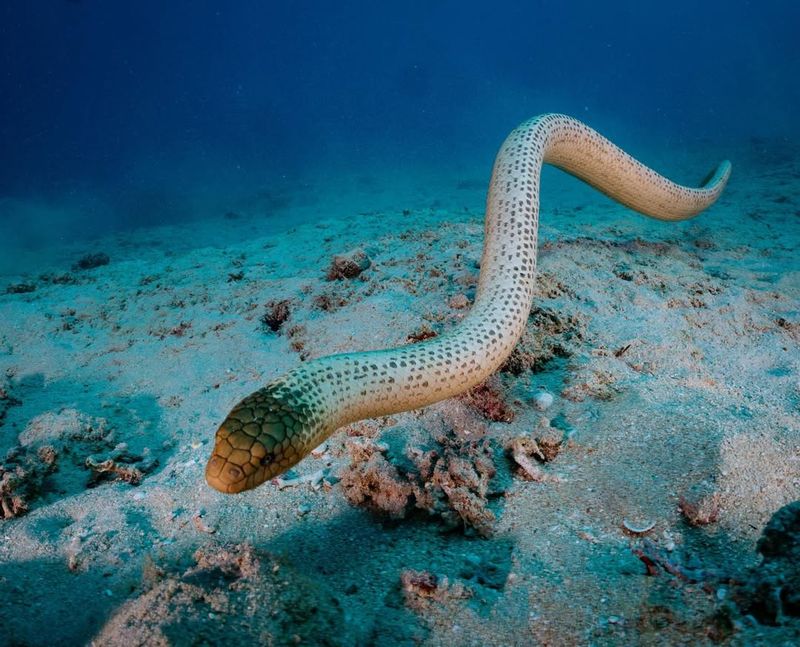
In the ocean’s depths lies the oarfish, a creature that inspired tales of sea serpents.
With its elongated body and undulating movements, it’s easy to see why sailors spun yarns of monstrous sea beasts.
The oarfish can grow to impressive lengths, adding to its mythical allure. Often only seen when washed ashore, its rare appearances fuel legends and maritime tales.
This real-life sea serpent continues to mystify and inspire awe among those who glimpse it.
18. Chameleon
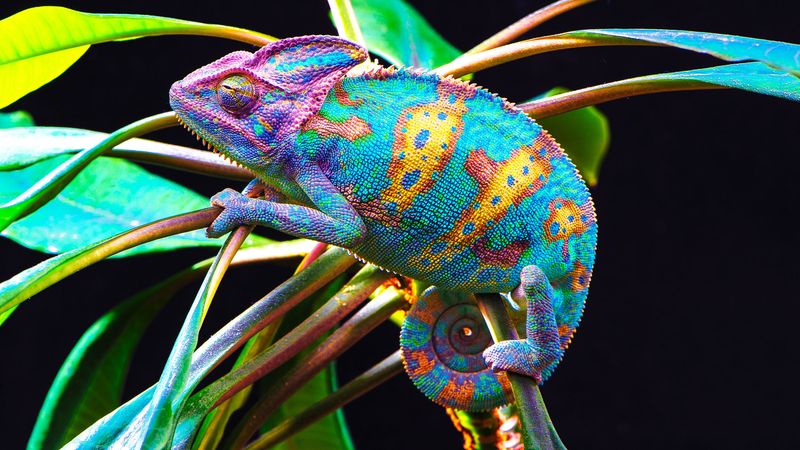
Imagine a creature that can change its appearance on a whim. The chameleon, with its color-shifting skin, inspired tales of magic and transformation.
Its ability to blend into its surroundings is like a living illusion. Found in warm climates, this lizard’s unique trait has captivated imaginations for centuries.
Stories of shape-shifters and magical beings often find roots in the chameleon’s real-life abilities, bridging the gap between the fantastical and the real.
19. Wolverine
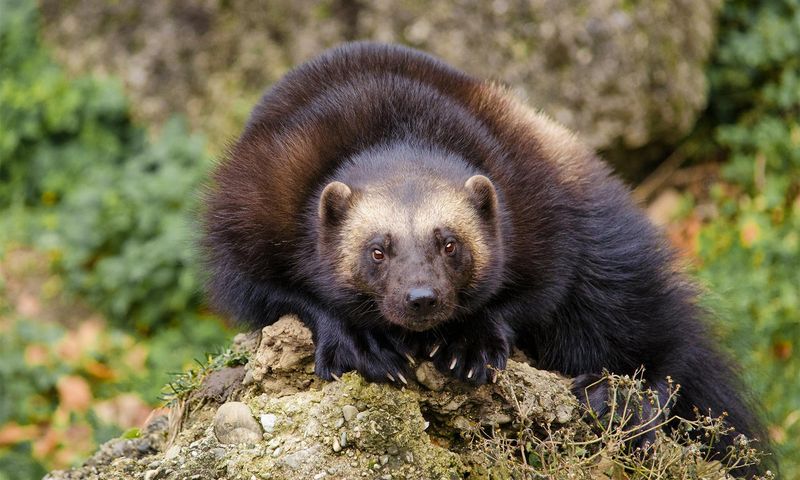
Think of a creature so fierce it inspired tales of unstoppable warriors. The wolverine, with its tenacity and strength, is a legend in its own right.
Found in cold, rugged environments, its reputation as a formidable predator has fueled myths of fierce beasts.
While small compared to its mythical counterparts, the wolverine’s intense survival instincts and fearless nature make it a symbol of strength and resilience. This real-life warrior captures the imagination.
20. Albatross
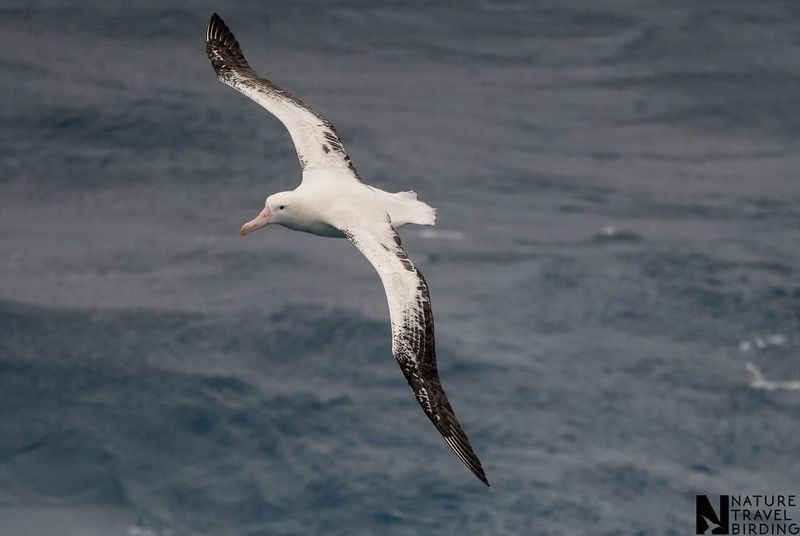
Imagine a bird with wings so vast it seems to float on the wind forever. The albatross, with its incredible wingspan, inspired tales of birds with supernatural endurance.
Sailors regarded them as omens or companions on long voyages. Found in the southern oceans, the albatross’s grace in the air is legendary.
Its ability to travel great distances with minimal effort makes it a living symbol of freedom and adventure, bridging the gap between myth and reality.

